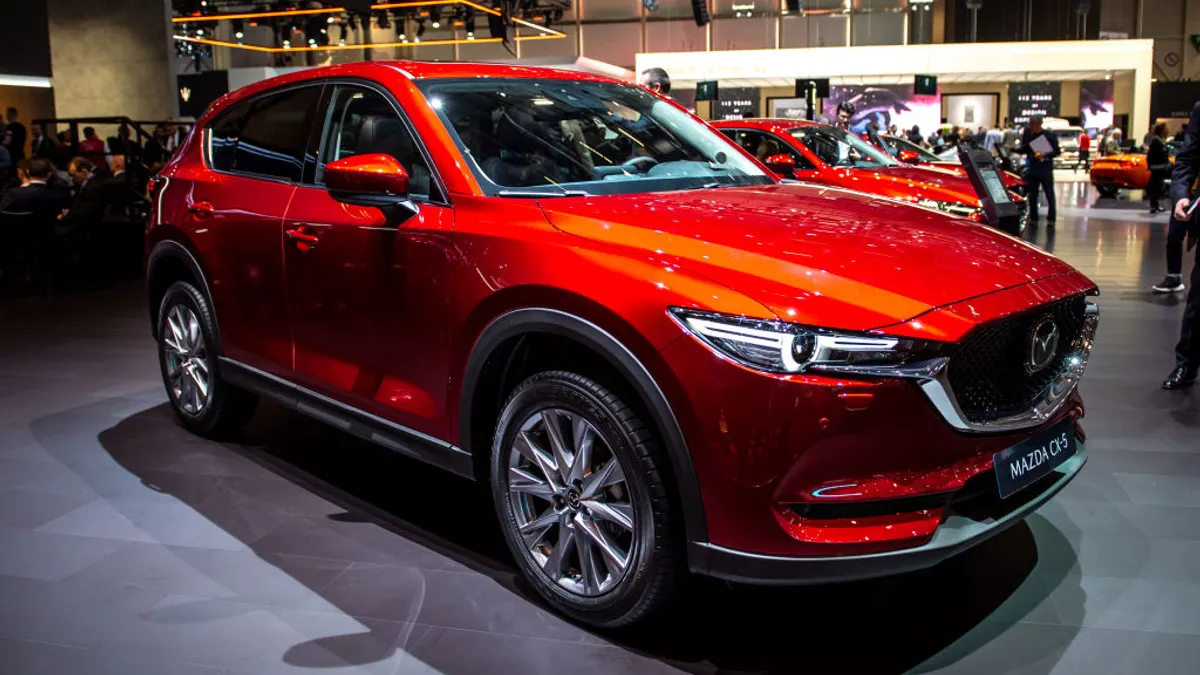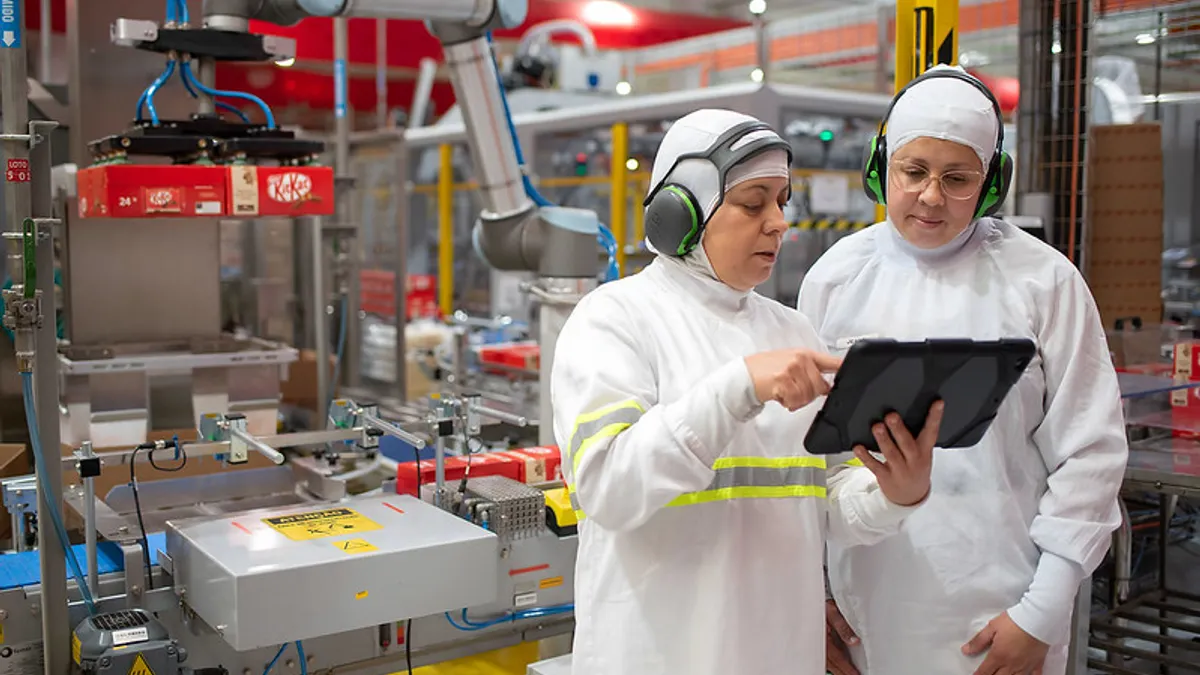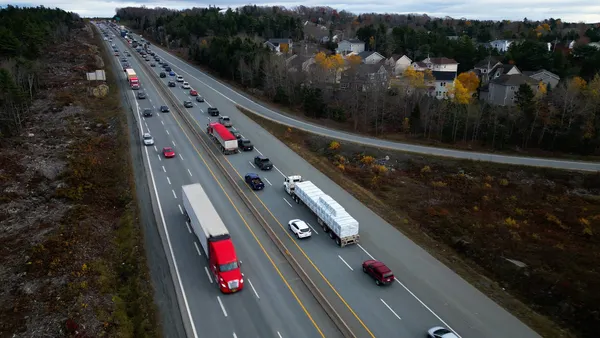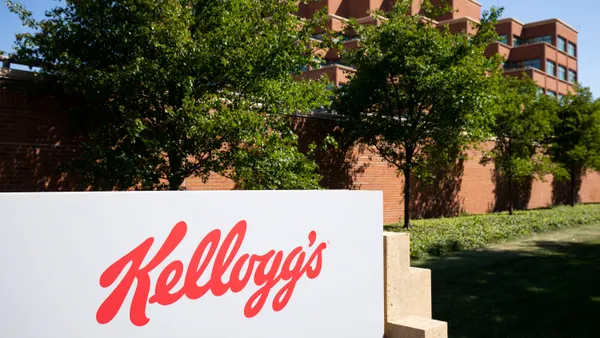Mazda Motor has partnered with its supplier, Nippon Steel, to enhance the body design, production and procurement process for the latest Mazda CX-5 and pave the way for future collaborations on other vehicles.
The partnership made the procurement process for the CX-5 more efficient by selecting a Nippon steel sheet manufacturing plant near Mazda's assembly facility, according to a joint Oct. 23 press release. This proximity reduced transportation costs, lowered inventory levels and cut carbon dioxide emissions while also decreasing geopolitical supply chain risks.
Also, the joint effort, driven by Mazda's commitment to work closely with suppliers on vehicle development, resulted in a 10% lighter body for the CX-5, according to the press release. The companies achieved the reduced weight while maintaining rigidity and crash safety by utilizing Nippon's NSafe-AutoConcept ECO3 automotive steel and vehicle body concept.
“Mazda has made great progress in advancing 'new manufacturing' through our co-creation activities with Nippon Steel Corporation," Takeshi Mukai, Mazda's director, senior managing executive officer and chief supply chain officer, said in the release.
Takashi Hirose, executive vice president and representative director of Nippon, added that their collaborative efforts have fostered advancements in the development of steel products and various other areas, including design and mass production processes.
"We will continue to deepen our technological integration and aim to further enhance the value of our co-creation," Hirose said.
The two companies plan to collaborate on additional vehicle models, with the goal of building a more resilient supply chain that reduces costs, per the release.
Working with key suppliers like Nippon lowers Mazda's costs and helps it get cars to market faster, Stephanie Brinley, associate director of AutoIntelligence at S&P Global, said in an email to Supply Chain Dive. Nippon, on the other hand, gets a customer for its latest materials technologies.
The partnership also exemplifies the practical implementation of Mazda’s “Lean Asset Strategy” outlined in its 2030 Management Policy. The goals include redefining the company’s relationship with its materials suppliers through the integration of co-development activities into standard operations.
The auto industry in general has been creative in working with suppliers and other companies to shave off some of the cost of research and development, Brinley said. "The always capital-intensive auto industry is under intense pressure given the slower ramp up to EV dominance than once expected and current trade issues increasing costs."















